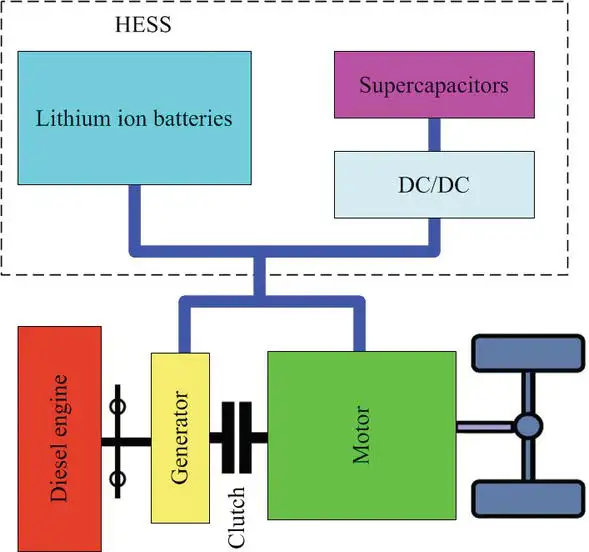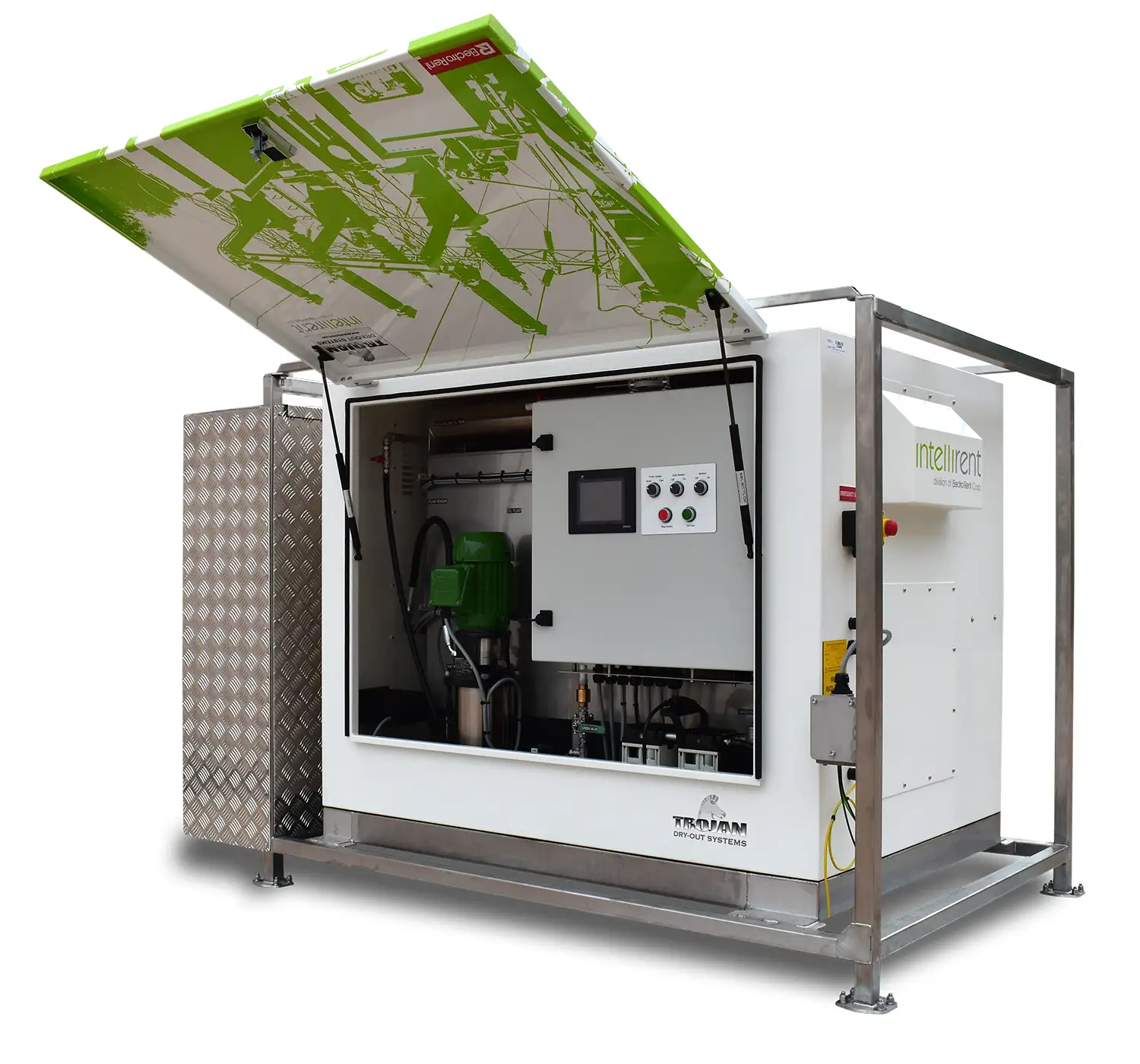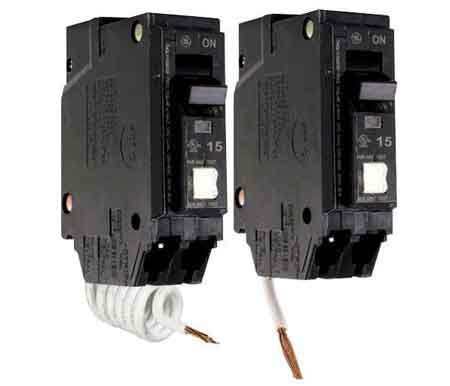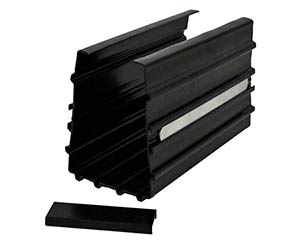Electric Pole Transformer Explained
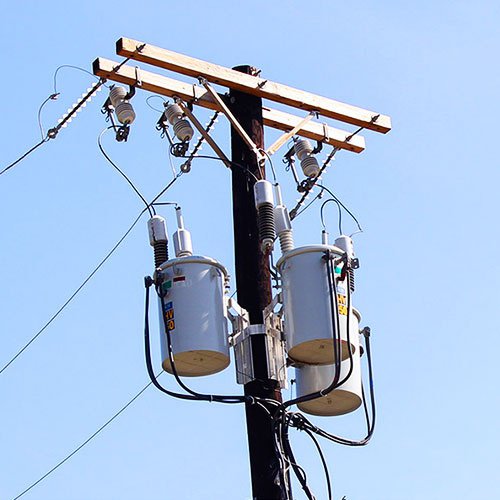
Power Transformer Maintenance Training
Our customized live online or in‑person group training can be delivered to your staff at your location.
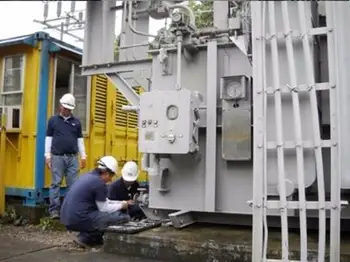
- Live Online
- 12 hours Instructor-led
- Group Training Available
Download Our NFPA 70E Fact Sheet – 2024 Electrical Safety Edition
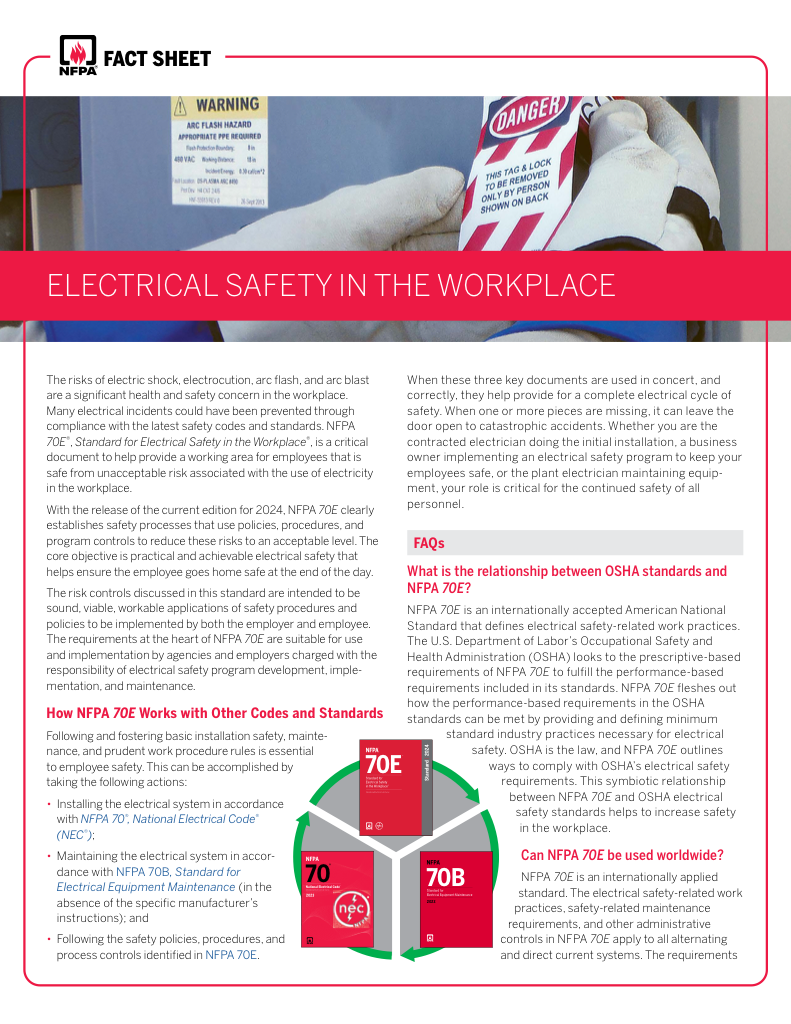
- Understand how NFPA 70E works with NEC and NFPA 70B standards
- Clarify the shared responsibility between employers and employees
- Learn how NFPA 70E supports OSHA compliance
Electric pole transformer delivers step-down voltage from medium-voltage overhead lines on a utility pole, supplying distribution transformer functions for residential power, grid reliability, and safe service drops to homes and small businesses.
What Is an Electric Pole Transformer?
An overhead distribution unit that steps medium voltage down to service-level power for homes and commercial loads.
✅ Steps 4-35 kV to 120/240 V for end users
✅ Mounted on utility poles near overhead feeders
✅ Oil-filled or dry-type, protected by fuses and arresters
An electric pole transformer is a critical component of power distribution systems, ensuring that power generated at high voltage in power plants is safely reduced to usable levels for homes and businesses. Mounted on power lines, these utility equipment play a vital role in stepping down voltage through electromagnetic induction, minimizing energy loss and ensuring efficient power delivery. Understanding how equipment work is essential for maintaining grid stability, reducing operational costs, and improving energy efficiency. As demand for reliable power continues to rise, utility pole transformers remain indispensable in modern infrastructure, safeguarding power distribution across urban and rural landscapes. For a concise overview of components and ratings, the power pole transformer guide outlines typical construction, insulation choices, and common kVA ranges for field use.
Electrical Transformer Maintenance Training
Substation Maintenance Training
Request a Free Training Quotation
Voltage Transformation
The primary function of an electric pole transformer is voltage transformation. Power plants generate pwer at extremely high voltage levels, as this minimizes energy loss during long-distance transmission. However, such high voltage cannot be directly supplied to homes and businesses. Instead, equipment work by stepping down this voltage through electromagnetic induction, making it suitable for local consumption. The winding of the equipment and the magnetic fields it generates are key to this process, allowing power to be efficiently adjusted to the required voltage levels. Further background on step-down principles is covered in the electrical power distribution transformer overview, including winding arrangements and core materials.
Electricity Today T&D Magazine Subscribe for FREE

- Timely insights from industry experts
- Practical solutions T&D engineers
- Free access to every issue
Types and Configurations
Electric pole transformers are available in various types and configurations to accommodate different distribution needs. Some systems use single-phase equipment, which are commonly found in residential areas where energy demand is lower. In contrast, three-phase equipment are used in commercial and industrial settings, where higher energy loads are necessary. The versatility of these equipment ensures that power distribution remains stable and efficient, regardless of the specific demands of the connected infrastructure. For residential feeders and light commercial loads, families of pole-mounted transformers offer standardized ratings, enclosure options, and bushing configurations to match service requirements.
Installation and Mounting
Installation and mounting of utility pole transformers require careful planning and expertise. Typically, these equipment are mounted on wooden or concrete utility poles, strategically positioned along power lines to ensure optimal power distribution. Their placement depends on factors such as load demand, terrain, and accessibility for maintenance. Proper installation is essential to ensure efficiency, prevent power disruptions, and reduce energy losses as power moves from substations to end users. Placement along feeders is influenced by conductor size and clearances, and resources on the powerline transformer explain typical mounting hardware, drip loops, and service drop practices.
Safety Features
Safety is a fundamental concern in the design and operation of utility pole transformers. Given their exposure to harsh weather conditions and surges, these devices are equipped with various protective features. Surge arresters and fuses are commonly integrated into their design to safeguard against lightning strikes, overvoltage, and short circuits. Additionally, equipment must be properly insulated to prevent hazards to both utility workers and the general public. Routine safety checks and monitoring systems help ensure that these critical components function effectively and reduce the risk of power failures. Modern monitoring borrowed from the power transformer domain, such as dissolved gas analysis and temperature alarms, is increasingly adapted to distribution-class units for earlier fault detection.
Maintenance and Lifespan
The lifespan of an electric pole transformer depends on several factors, including environmental conditions, usage patterns, and maintenance schedules. Regular inspections and servicing are necessary to identify potential issues such as overheating, oil leaks, or insulation degradation. If properly maintained, these equipment can operate efficiently for decades, providing consistent voltage transformation and ensuring the smooth operation of networks. Utility companies invest in predictive maintenance strategies to extend the longevity of equipment and minimize costly replacements. Maintenance programs tailored to the distribution transformer fleet often combine periodic oil sampling with infrared inspections to prioritize replacements and reduce outage risk.
Role in the Power Infrastructure
The operation of utility pole transformers is intricately linked to the broader power infrastructure, including power lines and power plants. These equipment act as key nodes within the distribution network, enabling the transfer of power from high-voltage systems to local circuits. Their efficiency directly affects energy consumption, grid stability, and overall power quality. By optimizing equipment performance, utility providers can enhance energy distribution and reduce strain on grids. Their coordination with reclosers and feeders originates upstream at the electrical substation transformer, where voltage levels and protection settings are established for downstream reliability.
Understanding How Device Work
Understanding how tequipment work is essential for both industry professionals and consumers. At the core of their functionality is the principle of electromagnetic induction, where energy is transferred between coils of wire through a magnetic field. This process allows for the precise adjustment of voltage levels, ensuring that devices receive the appropriate power supply. Advances in equipment technology continue to improve efficiency, reliability, and environmental sustainability.
Sign Up for Electricity Forum’s Utility Transformers Newsletter
Stay informed with our FREE Utility Transformers Newsletter — get the latest news, breakthrough technologies, and expert insights, delivered straight to your inbox.
Frequently Asked Questions
How does an electric pole transformer work?
An electric pole transformer operates on the principle of electromagnetic induction to step down high voltage from power lines to a lower, safer voltage suitable for residential and commercial use. Inside the equipment, primary and secondary windings wrapped around a magnetic core transfer energy between circuits without direct contact. When high-voltage power enters the primary coil, it creates a magnetic field, which induces a lower voltage in the secondary coil. This process ensures that homes and businesses receive the appropriate voltage needed to safely power appliances and equipment.
What are the common types of electric pole transformers?
Electric pole transformers come in single-phase and three-phase configurations. Single-phase equipment are typically used in residential areas, supplying power to homes and small businesses where the demand is relatively low. Three-phase equipment, on the other hand, are used in commercial and industrial applications where higher power loads are required. They provide more efficient energy distribution, reducing losses and ensuring stable voltage supply for large equipment and heavy machinery.
What safety features are included in pole-mounted transformers?
To ensure safe operation, pole-mounted equipment are equipped with various protective features. These include surge arresters, which prevent damage from lightning strikes and voltage spikes, and fuses, which disconnect the equipment in case of power fault or overload. Additionally, the equipmentare oil-insulated, which helps in cooling and insulation. Proper grounding and weatherproof enclosures further protect the equipment from environmental hazards, preventing hazards to both utility workers and the public.
How are utility pole transformers maintained and how long do they last?
Regular maintenance is essential to ensure the longevity and efficiency of utility pole transformers. Utility companies conduct inspections to check for issues such as oil leaks, overheating, and corrosion. Infrared scanning is often used to detect early signs of failure. Proper cooling and insulation management can significantly extend equipment's lifespan, which typically ranges from 25 to 40 years, depending on environmental conditions, load demands, and maintenance quality.
Why are electric pole transformers essential in power distribution?
Electric pole transformers are crucial for ensuring efficient and reliable power distribution. Without them, the high voltage power generated at power plants would be unsuitable for direct use in homes and businesses. These equipment reduce voltage to safe levels, preventing damage to appliances while maintaining a steady and efficient power supply. Their strategic placement on power lines ensures that power is distributed effectively, minimizing power loss over long distances and supporting the growing demand for energy in urban and rural areas alike.
An electric pole transformer is a crucial component of the power distribution system, mounted on utility poles to step down high-voltage power from distribution lines to a lower voltage suitable for residential and commercial use. These equipment help ensure safe and efficient power delivery by reducing voltage levels before power reaches homes and businesses. Typically oil-filled for cooling and insulation, pole-mounted equipment play a vital role in maintaining a stable and reliable power supply in urban and rural areas. Their compact design and overhead placement make them cost-effective and easy to maintain.






